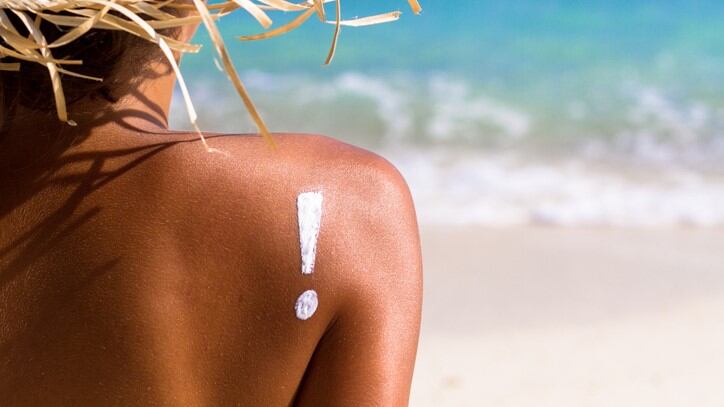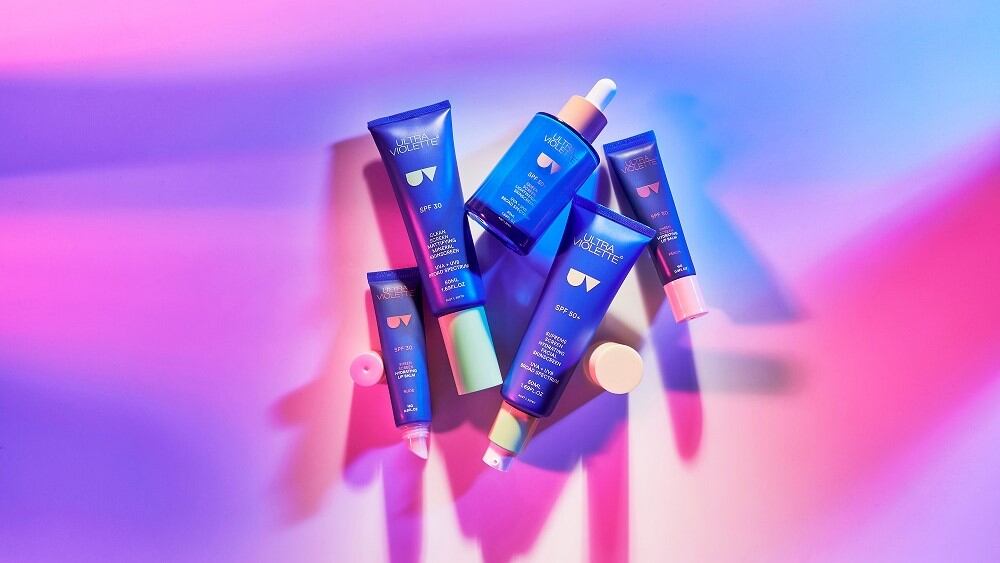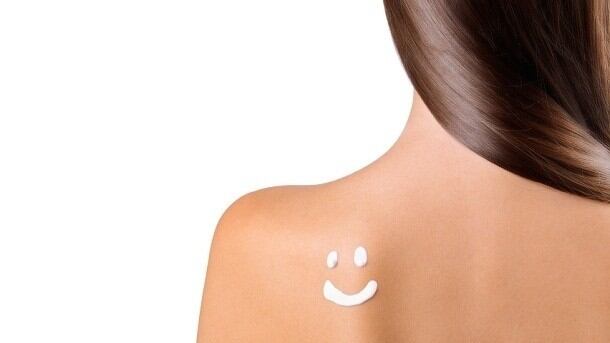Australia, which has taken the use of sunscreen extremely seriously for generations, did not feature in the research. Its academics, however, have reacted strongly to it, with some pointing to some significant flaws.
The paper, published in JAMA on May 6, recommended that active ingredients in sunscreen that are absorbed into the bloodstream above a certain level should undergo toxicology testing.
The FDA researchers had been seeking to determine bloodstream concentrations of four active ingredients. They looked at avobenzone, oxybenzone, octocrylene and ecamsule in four sunscreens applied four times per day for four days.
They reported that each active ingredient was found in blood samples at levels exceeding the threshold recommended for toxicology testing. The effect of these concentrations is unknown and further studies are needed to determine the clinical significance of these findings.
More research needed
Bruce Armstrong, professor of public health at the University of Sydney, said more research into the matter was a priority.
"Australian skin cancer prevention advocates recommend the use of sunscreens as one component of a person’s personal sun protection package,” said Prof. Armstrong.
“This assumption is challenged by these new finding. While this finding does not mean sunscreen use is unsafe, more evidence is needed about effects these sunscreen chemicals have on the human body if we are to be sure that they are not unsafe at present levels of use."
United Nations advisor and University of Melbourne chemist Ian Rae believes scientists must find out what damage, if any, these chemicals can do to the body.
"It's no surprise to find that fat-soluble substances can pass through the skin and appear in the bloodstream. What matters is what they do when they get inside us,” Prof Rae said.
“And, you need to wonder: are their effects any worse than getting severe sunburn?”
The chief executive of Cancer Council Australia, meanwhile, highlighted the study’s limitations and called on Australians not to stop using sunscreen to protect them from potentially deadly UV sunlight.
“It’s important to put this study in context,” said Sanchia Aranda, referring to the small sample size and the fact it wasn’t conducted outdoors, where the UV radiation would likely break down some of the active ingredients.”
“Sunscreen isn’t a suit of armour, and should only be used as the last line of defence. Whenever the UV level is three or above, the Cancer Council also recommends slipping on protective clothing, slapping on a broadbrim hat, slopping on sunscreen, seeking shade and sliding on sunglasses.”
“Sunscreens have already been implicated in the loss of eyebrow and scalp hair and now this toxicology data is a concern,” said Rodney Sinclair, professor of dermatology at Melbourne, adding that the research must now be carried out in real-world conditions.
“Fortunately no-one I know is using sunscreen four times daily, as in this study protocol. We need to see this study repeated with standard amounts of sunscreen being used.
Matthew Browne, chief executive of the Melanoma Institute Australia, went further: “We caution against using the results of a small overseas study, based on atypical application and use of sunscreen, to undermine community confidence in sunscreen.
“All sunscreens in Australia are highly regulated, and there is indisputable scientific evidence that sunscreen helps protect against UV damage, the greatest risk factor for developing melanoma, which kills one Australian every five hours.”




